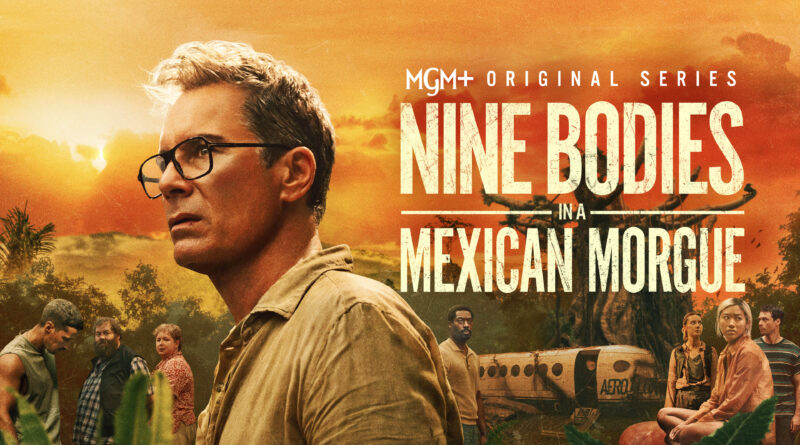“Nine Bodies in a Mexican Morgue”: A Chilling Jungle Riddle
When the trailer for Nine Bodies in a Mexican Morgue first dropped, it hinted at a dark and twisted survival mystery, and Prime Video’s latest thriller delivers on that promise, with plenty of grit, suspense, and psychological drama. Created by the makers of The Night Manager and The Fall, this limited series dives headfirst into a classic “locked-room mystery”, except instead of a drawing room or secluded mansion, our suspects are stranded in the unforgiving jungles of Mexico, post-plane crash.
It’s parts Lost, Knives Out, and Lord of the Flies, all wrapped in a noir tone with tropical dread.
But does it all land smoothly?
Plot Summary
The premise is simple but instantly gripping: A small plane crashes deep in the Mexican jungle. Nine people survive. While recovering from the crash and waiting for rescue, they begin to suspect that one among them is not a fellow survivor, but a killer. One by one, the survivors begin to die, and what started as a desperate fight for survival turns into a deadly game of trust, suspicion, and truth.
From the get-go, the show raises the tension high, teasing the audience with glimpses of past secrets, questionable behavior, and red herrings. The group is a mix of archetypes, a doctor, a tech entrepreneur, a former soldier, a travel influencer, and a retired detective, each carrying emotional baggage and potential motives. The show cleverly leans into these tropes while also subverting them at key moments.
Stream Nine Bodies in a Mexican Morgue on Prime Video.
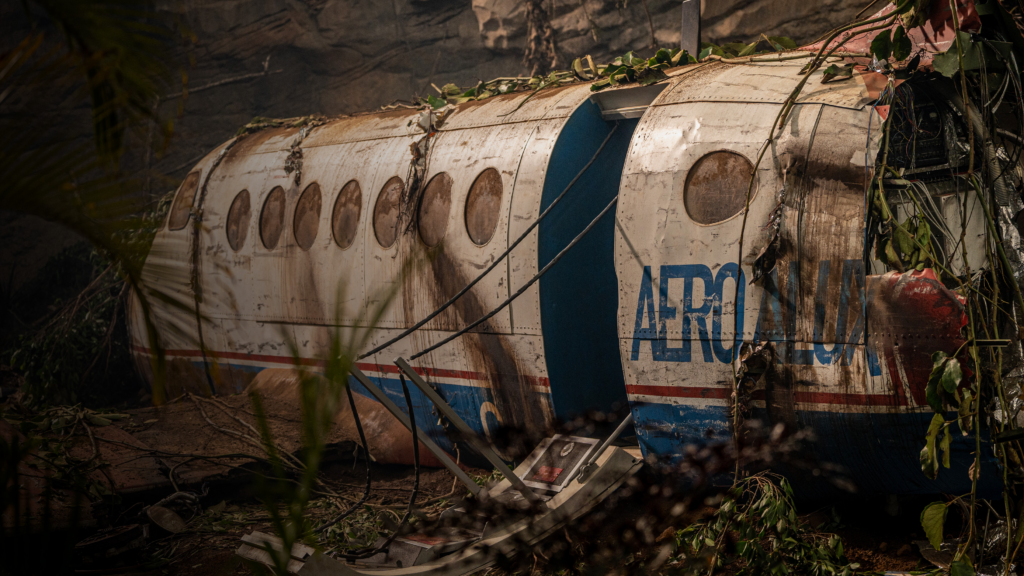
Characters and Performances: Who Can You Trust?
At the center of the group is Lydia Wilson (Ripper Street, Flack), who plays Clara, an ex-intelligence officer with a secretive past. Wilson delivers a sharp, guarded performance that makes her both compelling and unreadable. Is she the hero or the mastermind?
Eric McCormack (Will & Grace, Travelers) plays Dr. Langston, a charismatic surgeon whose calm demeanor masks growing unease. McCormack brings a weariness and complexity to the role.
The rest of the cast features strong performances from both familiar faces and newer talent. Malachi Kirby as Jules plays the role of a survivalist podcaster who is obsessed with conspiracy theories.
Each character is given moments to shine, with backstories revealed gradually through flashbacks. While some subplots feel more developed than others, most arcs contribute meaningfully to the mounting paranoia and sense of dread.
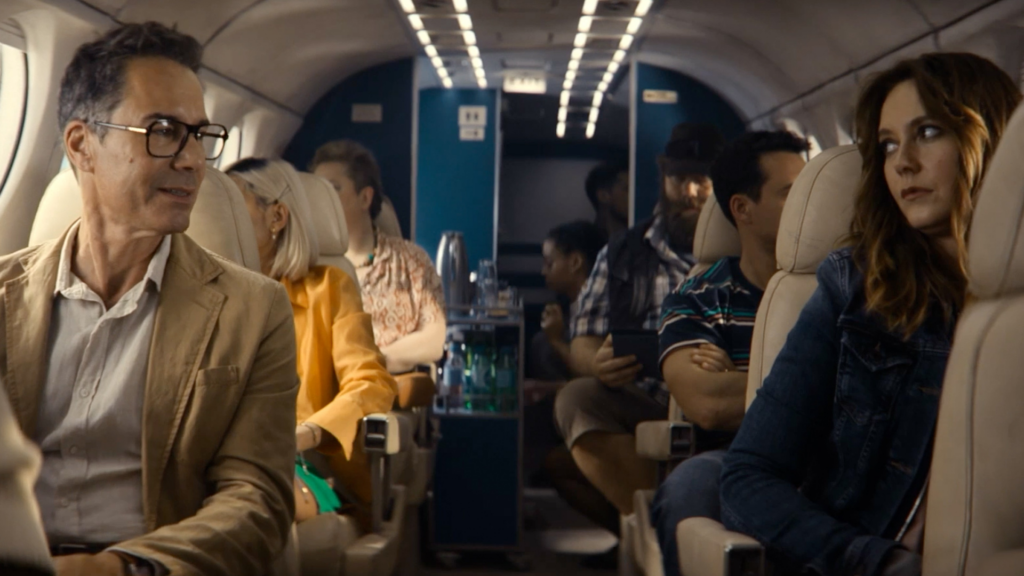
Writing and Pacing
Created by Dan Sefton (Trust Me, Delicious), Nine Bodies in a Mexican Morgue shines most in its structure. The series plays out over six episodes, each roughly 50 minutes long, and keeps the audience hooked.
The narrative structure is deliberately disorienting, with time jumps, fragmented memories, and unreliable narrators. All tools used to keep both the characters and the audience off balance. This pays off for the most part, as the show avoids predictability and makes every death feel like a gut-punch.
However, the pacing does stumble occasionally. Episode 3 drags as it leans heavily into exposition, and a few of the red herrings feel forced. There’s also a subplot involving a cartel connection that feels tacked on. It was as if the writers wanted to add another layer of threat that the story didn’t really need.
Despite those hiccups, the show keeps its central mystery compelling. The eventual reveal of the killer is both shocking and (mostly) earned. Additionally, the final twist, while divisive, will definitely get people talking.
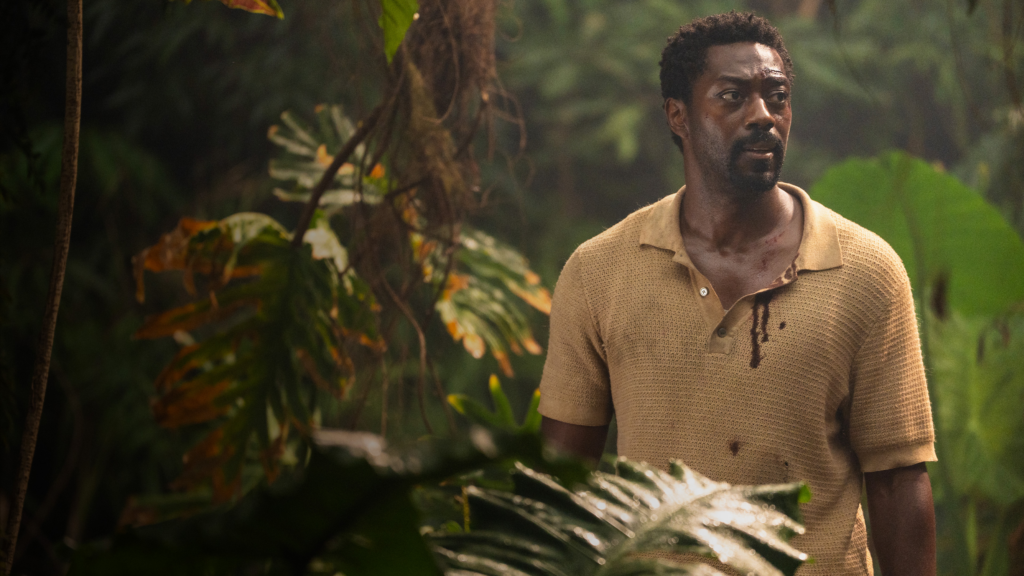
Visuals and Atmosphere
Visually, Nine Bodies in a Mexican Morgue is stunning. The Mexican jungle, filmed on location, is both breathtaking and terrifying. Lush greens, heavy rain, and omnipresent sounds of wildlife create an atmosphere of isolation and claustrophobia that enhances every scene. It feels like the jungle itself is watching, another character in the story.
The direction (by Paul Andrew Williams, Murdered for Being Different) uses natural light and tight framing to elevate the tension. You can feel the heat, the sweat, the panic in every frame. The cinematography subtly shifts from wide, sweeping shots of the wild to claustrophobic close-ups as the group begins to fracture.
Sound design deserves a special mention. The hum of insects, the crunch of footsteps in undergrowth, the silence before a scream. Everything is incredibly immersive. The score by Natalie Holt (Loki, Obi-Wan Kenobi) is understated but effective, using low, pulsing tones to create unease without being overpowering.
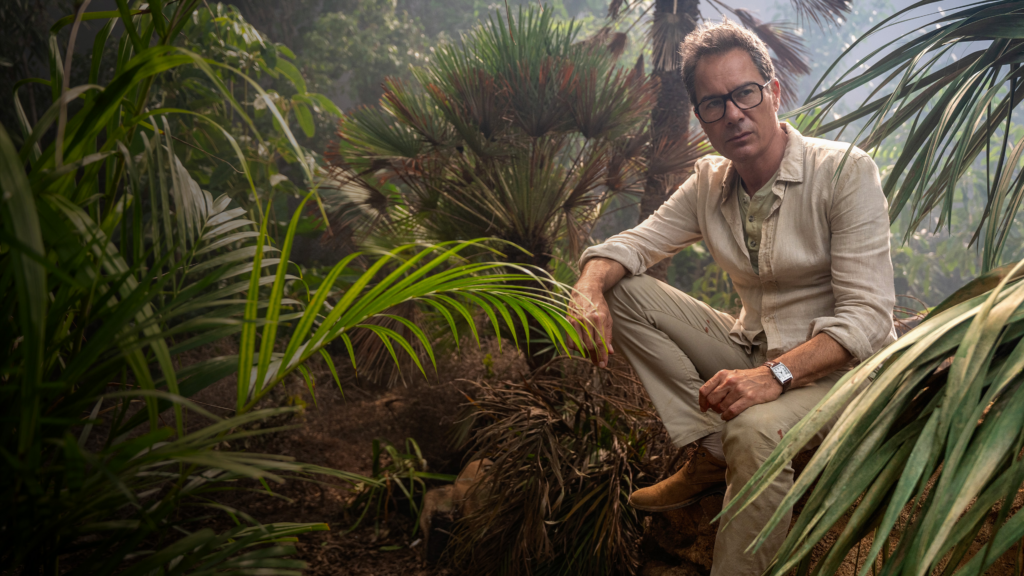
Themes: Trust, Trauma, and the Masks We Wear
Beyond the murder mystery, Nine Bodies in a Mexican Morgue explores deeper themes of identity, trauma, and trust. What happens when people are stripped of their social status, technology, and routines? Who are we when the world stops watching?
Each character confronts who they really are, not just to survive, but to defend their morality. The show doesn’t just ask “Who is the killer?” but also “Who deserves to live?” In some ways, that question is far more chilling.
There’s also a commentary on how people can manipulate the truth and perception. Several survivors have secrets that, once revealed, reshape how others (and the audience) view them. It’s a clever critique of our instinct to judge people quickly, especially in high-stress, high-stakes situations.

Verdict: Worth the Watch?
Nine Bodies in a Mexican Morgue isn’t a perfect show; it occasionally meanders, and not all character arcs are as satisfying as they could be. But it is a gripping, well-acted thriller that does what it sets out to do: keep you guessing, keep you tense, and leave you thinking long after the credits roll.
If you enjoy mysteries with psychological depth, stunning visuals, and morally complex characters, this one’s worth adding to your watchlist.
